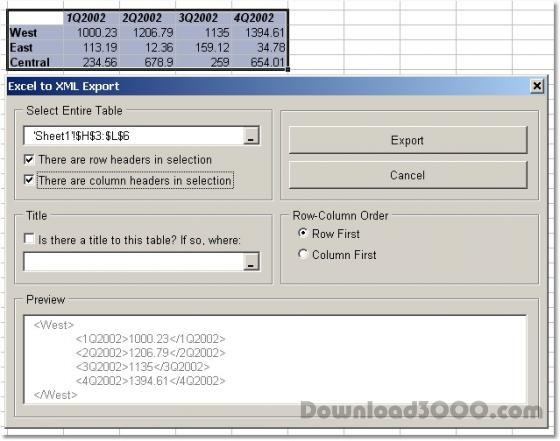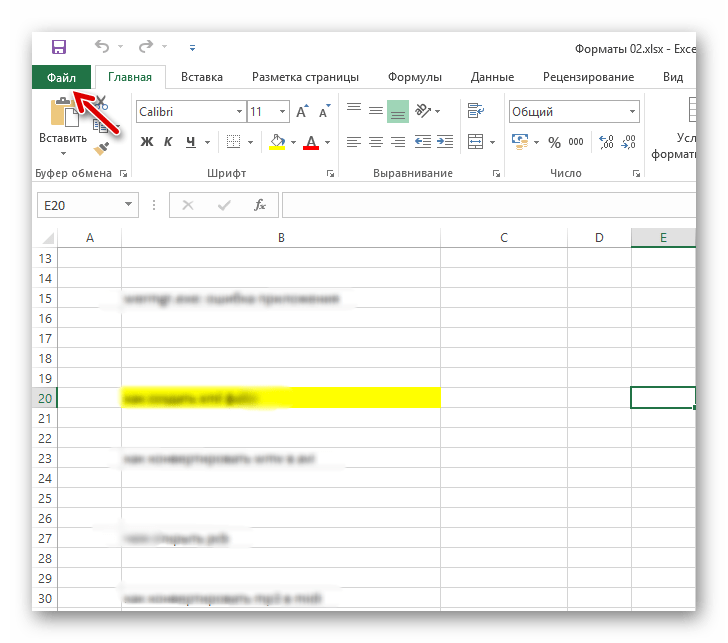
- #Xml tools add in excel 2013 code
- #Xml tools add in excel 2013 free
On exit-ing the workbook, the ribbon is removed. xlsm file, every time you open it, the ribbon you defined isĪdded to the user's ribbon - but do use or you lose the rest of the ribbon.
xlsm file using the MS tool they refer to here, by copying the code from the.
Now comes the trick: you can include the. customUI file (it's just a txt file, with xml in it) The idea is you create your xml Ribbon code using Excel's File > Options > Customize Ribbon, and then export the Ribbon to a. As others say, one can't create the CustomUI ribbon with VBA, however, you don't need to!. For what it is worth, what I missed was is this: I struggled like mad, but this is actually the right answer. Open path & fileName For Output Access Write As hFileĬall LoadCustRibbon sub in the Wookbook open even and call the ClearCustRibbon sub in the Before_Close Event of the ThisWorkbook code file. Path = "C:\Users\" & user & "\AppData\Local\Microsoft\Office\" Sub LoadCustRibbon()ĭim path As String, fileName As String, ribbonXML As String, user As String Right click in the Project Explorer pane on the left. On the Developer tab, click the Visual Basic button. The Developer tab is not visible by default so it needs to be enabled in File>Options>Customize Ribbon. All you need is the Visual Basic code editor which can be accessed on the Developer tab. I was able to accomplish this with VBA in Excel 2013. Now when you click on the Smiley or the Sun you will see the relevant message box: Save the Excel file as a macro enabled file. Public Sub Callback2(control As IRibbonControl) Open VBA Editor, insert a module, and paste this code: Public Sub Callback1(control As IRibbonControl) Now when you open the Excel File it will look like this: The amended code now looks like this: ĭelete all the code which was generated in CUIE and then paste the above code in lieu of that. Let's keep happy face as the image of the first one and let's keep the "Sun" for the second. With that, let's create 2 buttons and call them "JG Button 1" and "JG Button 2". `onAction="Callback"`: "Callback" is the name of the procedure which runs when you click on the button. "HappyFace" is what you will see at the moment. `imageMso`: This is the image that will display on the button. For the time being let's call it "Jerome". Label="Custom Tab": Replace "Custom Tab" with the name which you want to give your tab. Now you are all set to edit it as per your requirements. You will notice that the basic code is automatically generated. Next Click on menu Insert | Sample XML | Custom Tab. Right click as shown in the image below and click on "Office 2007 Custom UI Part". I am using a brand new worksheet as an example. 

Please ensure that the Excel File is closed before you open it via CUIE.
 After you have installed the Custom UI Editor (CUIE), open it and then click on File | Open and select the relevant Excel File.
After you have installed the Custom UI Editor (CUIE), open it and then click on File | Open and select the relevant Excel File. I create tabs for my Excel Applications/Add-Ins using this free utility called Custom UI Editor.Įdit: To accommodate new request by OP Tutorial

Additionally, the link that you mentioned above is for MS Project and not MS Excel. You can however hide/make visible a ribbon component using VBA. I tried this example from here but get an "object required" error on the last instruction : Public Sub AddHighlightRibbon()ĪFAIK you cannot use VBA Excel to create custom tab in the Excel ribbon. What is a quick and simple way to do that ? I'd like the new tab to get loaded when my VBA gets loaded into Excel. I chanced on some resources addressing it via Google but all look dodgy and outrageously complicated. I am looking for a way to add a custom tab in the Excel ribbon which would carry a few buttons.








 0 kommentar(er)
0 kommentar(er)
